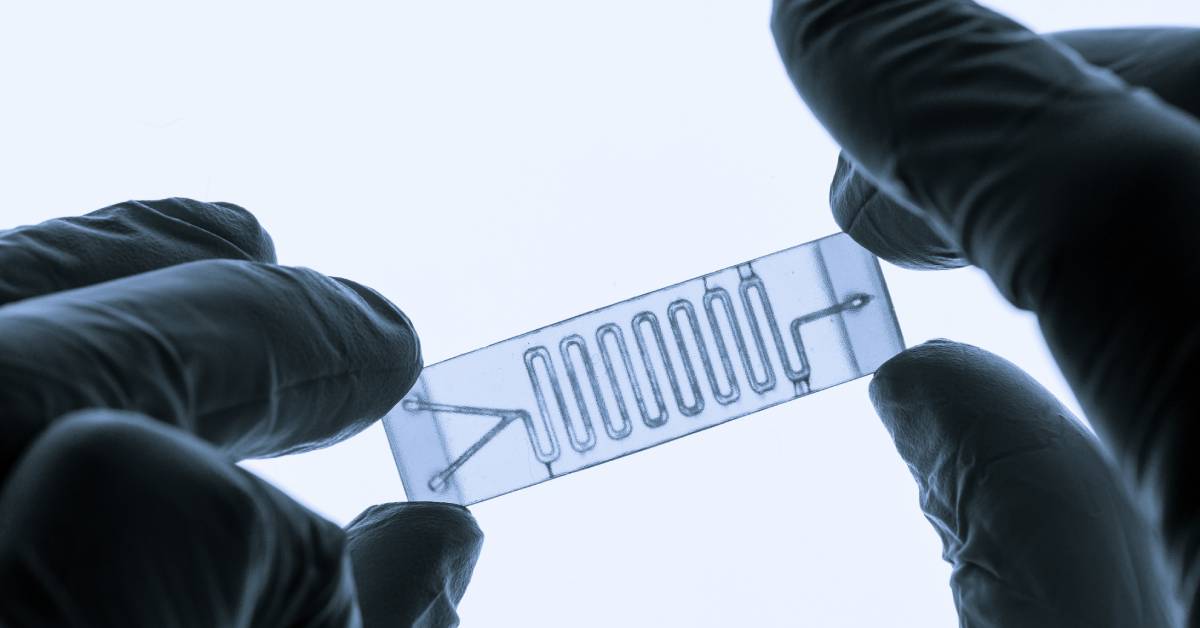A Brief Introduction to Organ-on-a-Chip Technology

The field of biomedical engineering has introduced groundbreaking innovations, one of the most remarkable being organ-on-a-chip technology. This cutting-edge development creates microfluidic devices that simulate the physiological functions of human organs. Here, we will provide a brief introduction to organ-on-a-chip technology, its applications, and the future possibilities it holds for medical research and patient care.
The Basics
Organ-on-a-chip technology revolutionizes how scientists study complex human organ systems in a controlled environment. These micro-engineered devices replicate the structure and function of real tissues, offering a more accurate model than traditional cell cultures or animal testing. Each chip integrates microfluidic channels with living human cells, simulating blood flow, mechanical forces, and organ-specific functions.
Importance of TEER in Organ-on-a-Chip Functionality
Transepithelial Electrical Resistance (TEER) plays an important role in organ-on-a-chip platforms. In short, TEER measures the integrity of cell monolayers and epithelial barriers, providing essential data on cell health and function.
High TEER values indicate tight junctions and robust barrier function, while low values suggest compromised integrity.
This metric is particularly vital for chips mimicking the blood-brain barrier, gut, and other epithelial tissues, ensuring that the microenvironments created are both functional and realistic.
Major Applications
The applications of organ-on-a-chip technology span various fields, from drug development to disease research. Pharmaceutical companies use these devices to screen potential drug candidates, looking for efficacy and toxicity before clinical trials. This technology significantly reduces the cost and time involved in drug development by predicting human responses more accurately.
Additionally, researchers can study diseases on a microscopic scale, observing cellular interactions in real time. This provides deeper insights into disease mechanisms and potential treatments.
Future Prospects
The future of organ-on-a-chip technology is promising. Researchers are striving to create multi-organ chips, which can replicate interactions between different organs, offering a holistic view of how diseases affect the body. These advancements will pave the way for personalized medicine, where treatments are tailored to individual patients based on chip data derived from their own cells.
We hope this brief introduction to organ-on-a-chip technology has shown you its transformative impact on scientific research. These devices offer unprecedented insights into human biology, improving the accuracy of preclinical studies and accelerating the development of new therapies.





